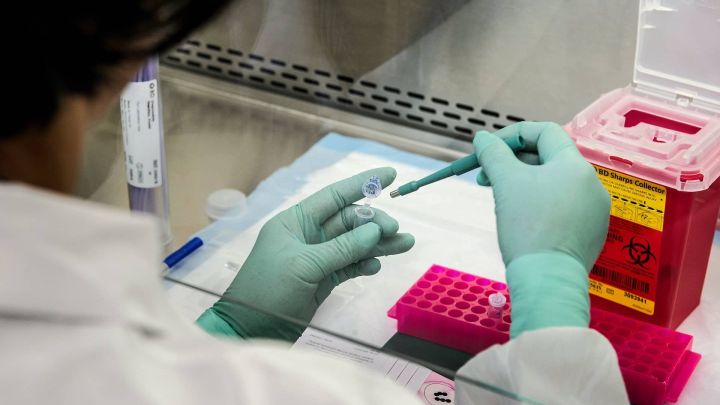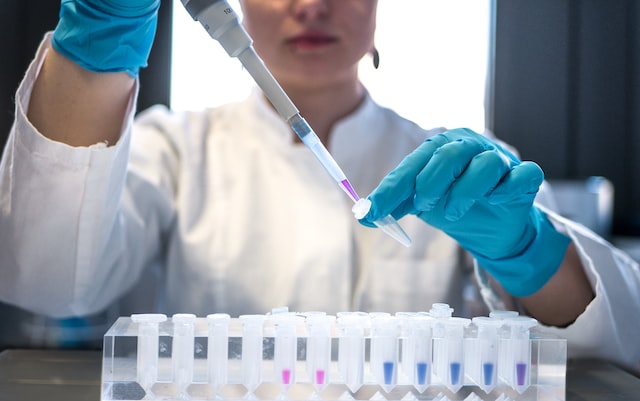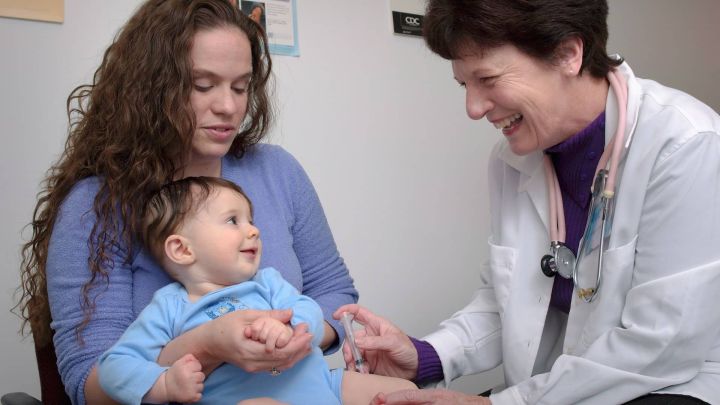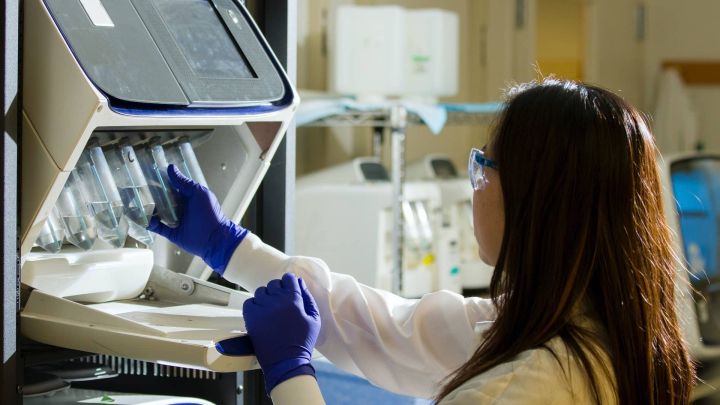Apparatus
Specialising in RNA 3D structure prediction, Atomic AI wants to launch an RNA version of AlphaFold to accelerate drug discovery!
The impact of AlphaFold on protein structure prediction has been transformative.

Introduction: The impact of AlphaFold in protein structure prediction has been transformative.
So how will the same use of artificial intelligence to predict RNA structure lead to breakthroughs in drug development? The startup Atomic AI is ambitious about this.

AlphaFold is a name that is well known in the biomedical community. AlphaFold 1 was ranked first overall in the 13th Critical Assessment of Structure Prediction (CASP) competition in 2018, where it was able to predict proteins that AlphaFold 2 was particularly successful in predicting the exact structure of proteins for which no similarly sequenced proteins provided an off-the-shelf template. 2020 saw AlphaFold 2 in the 14th CASP, predicting the structure of most proteins by just one atomic width from the true structure.
In August 2021, DeepMind announced in a Nature article that it had predicted the structure of 98.5% of all human proteins, and made public In July 2022, DeepMind and the European Bioinformatics Institute announced that AlphaFold had predicted the structure of 214 million proteins from over 1 million species, covering almost every known protein on the planet. DeepMind even says that finding protein structures will be as easy as using a search engine. This is undoubtedly a game changer in drug discovery and protein design, speeding up the determination of protein structures that would have taken months or years by electron microscopy or X-ray crystallography to within seconds.
However, RNA, the 'middleman' between DNA and protein, has received far less attention than DNA and protein. The central law states that genetic information is passed from DNA to RNA and from RNA to protein, with the protein performing the function, whereas RNA's role is mainly intermediate, and its structure is less stable than that of DNA.
As the understanding of RNA progresses, it is recognised that RNA not only transmits genetic information, but also has a variety of regulatory functions. Only 1% to 2% of the human genome is ultimately encoded as protein in DNA, but up to 85% is transcribed into RNA, and the role of these RNAs is yet to be further explored. On the other hand, the emergence of RNA drugs has opened up new ideas for drug development, and their tantalising promise has further pressed for a greater understanding of the structure and function of RNA molecules.

To this end, Stanford PhD students Stephan Eismann and Raphael Townshend, under the guidance of Ron Dror, Associate Professor of Computer Science, have developed a neural network-based technology called ARES (Atomic Rotationally Equivariant Scorer). based on neural network technology. The results were published on the cover of Science on 27 August 2021 under the title 'Geometric deep learning of RNA structure'.
Unlike other AI algorithms, ARES does not include any preconceived structural model assumptions, such as double helix, base pair, nucleotide or hydrogen bond concepts, but rather allows the system to spontaneously find the spatial structure of RNA from the relative positions and geometric arrangements of atoms. current knowledge of the three-dimensional structure of RNA.
The developers trained ARES using only 18 RNA molecules whose structures were determined between 1994 and 2006. During training, ARES generated thousands of 3D structures for each RNA sequence and scored each possible structure in order to find the closest one to the actual situation. The results showed that ARES outperformed previous methods.
ARES was subsequently updated and upgraded to PARSE (Platform for AI-driven RNA Structure Exploration). For this powerful tool, Townshend chose to set up the biotech company Atomic AI to conduct the drug discovery itself, rather than sell the service, and Townshend says that the company has generated a sizeable number of structurally relevant data points compared to the initial breakthrough published in Science, which, combined with other machine learning work, has resulted in a significant speed and accuracy improvement in the paper The improvement in speed and accuracy in the paper is significant.
Atomic AI currently employs fewer than 20 people and Townshend hopes to expand the team to 40 people within 18 months, including AI scientists, RNA biochemists, biologists and staff with drug discovery capabilities. Recently, Atomic AI also announced the completion of a $35 million Series A round of funding to continue the building of the PARSE platform and to boost its computational lab and wet lab efforts. The round was led by Playground, with participation from 8VC, Factory HQ, Greylock, NotBoring, AME Cloud Ventures, as well as former GitHub CEO Nat Friedman, Doug Mohr, Curai CEO Neal Khosla, and UC Berkeley professor and Arc Institute co-founder Patrick Hsu, among other prominent angel investors. This follows a seed round in which Atomic AI raised $7 million.
Townshend believes that Atomic AI "is creating a whole new field of drug discovery". Previous AI drug discovery processes have focused on designing "binders" that bind to proteins at the exact time and place they want to target to affect their function. Atomic AI, on the other hand, looks first and foremost for a target that can be targeted. This is not just a new molecule, but a new biology that will be more attractive to large pharmaceutical companies and will hopefully address previously incurable diseases, with a wide range of applications that could include everything from oncology, infectious diseases, neurodegenerative diseases, neuromuscular diseases and rare diseases.

Atomic AI is currently focusing on the development of drugs for certain cancers that cause a pathological overproduction of proteins. To accomplish this requires extensive laboratory work and intensive data support, which the newly raised funds provide.
"People have picked all the low-hanging fruit of the protein patch," says Townshend, "now it's time to chase the new biology."
-
![]()
![]() ApparatusDec 01, 2025
ApparatusDec 01, 2025Specialising in RNA 3D structure prediction, Atomic AI wants to launch an RNA version of AlphaFold to accelerate drug discovery!
-
![]()
![]() ApparatusNov 30, 2025
ApparatusNov 30, 2025Stavudol Paediatric Indication Approved For The Treatment Of Children Aged 3 Months And Older With Complicated Intra-Abdominal Infections
-
![]()
![]() ApparatusNov 29, 2025
ApparatusNov 29, 2025New Drug For IDH1 Mutation/Relapsed/Refractory Acute Myeloid Leukaemia With Good Complete Remission Rates And Manageable Toxicity
-
![]()
![]() ApparatusNov 28, 2025
ApparatusNov 28, 2025Immune And Astrazeneca Launch Strategic Research Collaboration To Accelerate Drug Target Discovery
-
![]()
![]() ApparatusNov 27, 2025
ApparatusNov 27, 2025Nature Medicine publishes results of H-drug combined with chemotherapy for first-line treatment of esophageal squamous cell carcinoma



